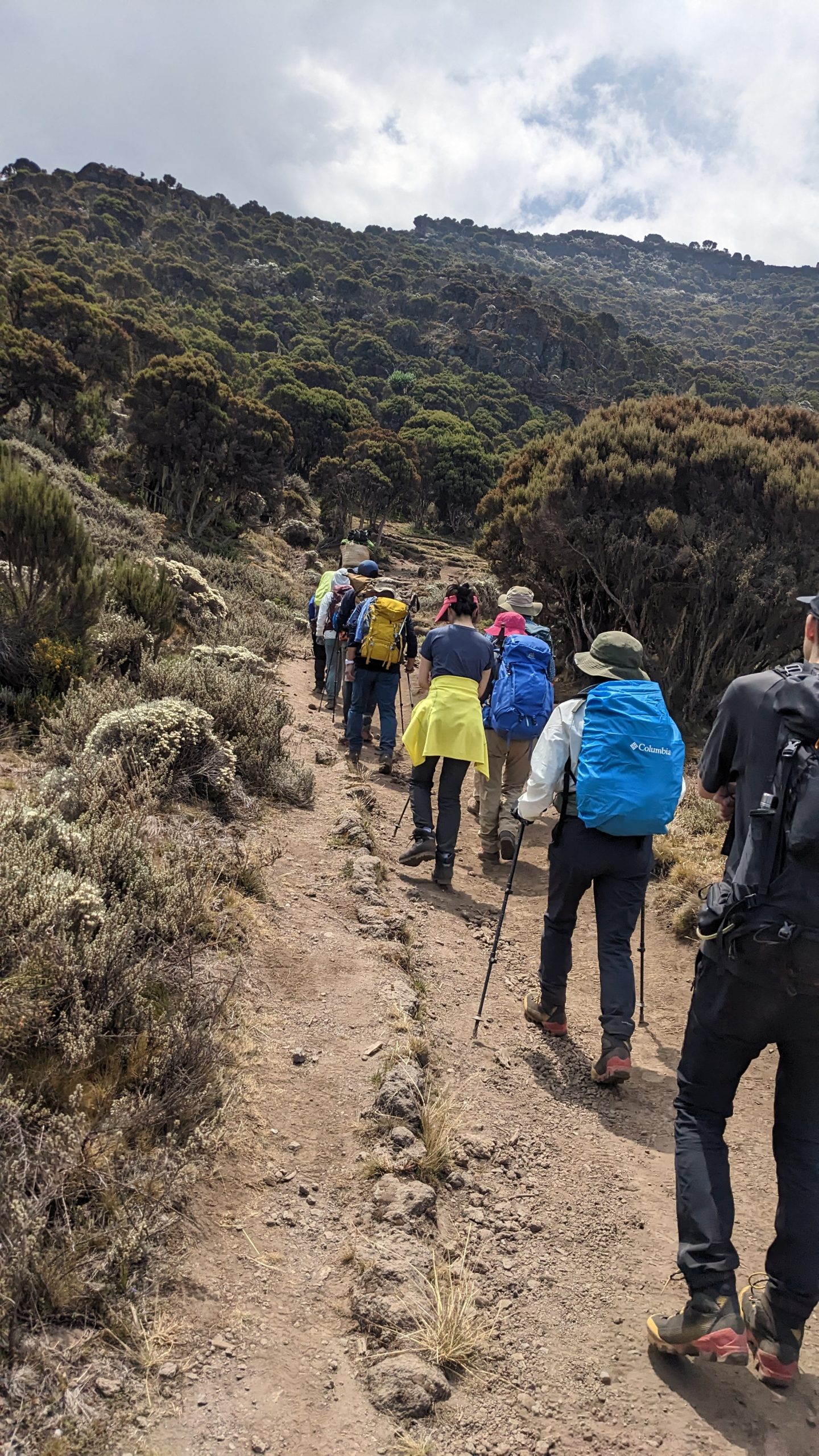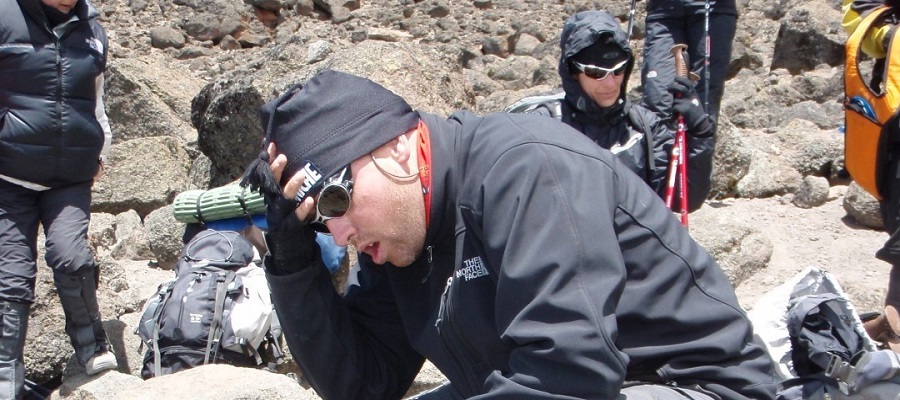What Are the Risks of Altitude Sickness and How Can I Prevent It?
Climbing Mount Kilimanjaro is a thrilling adventure, but reaching its summit at 5,895 meters (19,341 feet) comes with challenges, including the risk of altitude sickness. Understanding these risks and how to prevent them is essential for a safe and successful climb. With Kilimanjaro Lifetime Adventures, you will be guided by a highly experienced team that prioritizes your safety and well-being throughout the trek.
What is Altitude Sickness?
Altitude sickness, also known as Acute Mountain Sickness (AMS), occurs when the body struggles to adjust to the reduced oxygen levels at high elevations. It can affect anyone, regardless of age, fitness level, or experience. Symptoms usually begin above 2,500 meters (8,200 feet) and can range from mild to severe.
Symptoms of Altitude Sickness
Mild symptoms include:
- Headache
- Dizziness
- Nausea or loss of appetite
- Fatigue
- Difficulty sleeping
- Shortness of breath
Severe symptoms (which require immediate descent) include:
- Confusion or difficulty walking
- Severe headaches that do not improve with medication
- Fluid buildup in the lungs (HAPE) – symptoms include coughing, breathlessness at rest, and chest tightness
- Swelling in the brain (HACE) – symptoms include loss of coordination, confusion, and vomiting
How Kilimanjaro Lifetime Adventures Helps You Prevent Altitude Sickness
With a good team, experienced guides, and a well-structured itinerary, Kilimanjaro Lifetime Adventures ensures your safety and increases your chances of reaching the summit. Here’s how:
Choosing the Right Itinerary for Acclimatization
A well-planned itinerary is crucial for acclimatization. Kilimanjaro Lifetime Adventures offers routes with gradual ascents, such as the Lemosho and Machame routes, to help your body adjust to the altitude. Longer routes (7-8 days) improve your chances of acclimatization and reduce the risk of altitude sickness.
Experienced Guides Monitoring Your Health
The highly trained guides at Kilimanjaro Lifetime Adventures are experienced in recognizing the early signs of altitude sickness. They conduct daily health checks, monitor your oxygen levels, and provide expert advice on how to adjust to the altitude. If symptoms become severe, they will make the right decision to ensure your safety, including a controlled descent if necessary.

Follow the “Climb High, Sleep Low” Principle
Some itineraries include acclimatization hikes where you ascend to a higher altitude during the day and descend slightly to sleep at a lower elevation. This technique helps the body adjust gradually to reduced oxygen levels.
Walking at a Slow and Steady Pace (“Pole Pole”)
Kilimanjaro Lifetime Adventures’ guides will remind you to take it “Pole Pole” (Swahili for “slowly, slowly”). Walking too fast can lead to exhaustion and increase the risk of altitude sickness. A slow pace allows your body to acclimate properly.
Staying Hydrated and Eating Well
✔ Drink at least 3-4 liters of water per day to stay hydrated. Dehydration can worsen altitude sickness symptoms.
✔ Eat energy-rich meals to maintain strength. Kilimanjaro Lifetime Adventures provides nutritious meals prepared by experienced cooks to keep you fueled throughout the climb.
Taking Preventative Medication (Optional)
Some climbers take Diamox (Acetazolamide) to help with acclimatization. This medication can reduce symptoms of altitude sickness, but it’s important to consult your doctor before using it. Kilimanjaro Lifetime Adventures guides can advise you on how and when to use it if needed.
Recognizing When to Descend
If symptoms become severe, the best and only cure is descending to a lower altitude. The guides at Kilimanjaro Lifetime Adventures are trained to make the right call for your safety, ensuring you don’t take unnecessary risks.
Conclusion
Altitude sickness is a real challenge when climbing Kilimanjaro, but with the right preparation, experienced guides, and a well-planned itinerary, you can minimize the risks and enjoy a successful summit. Kilimanjaro Lifetime Adventures provides expert guidance, health monitoring, and proper acclimatization schedules to give you the best chance of reaching Uhuru Peak safely.
By listening to your body, taking it slow, and following expert advice, you can conquer Kilimanjaro and experience the adventure of a lifetime!







